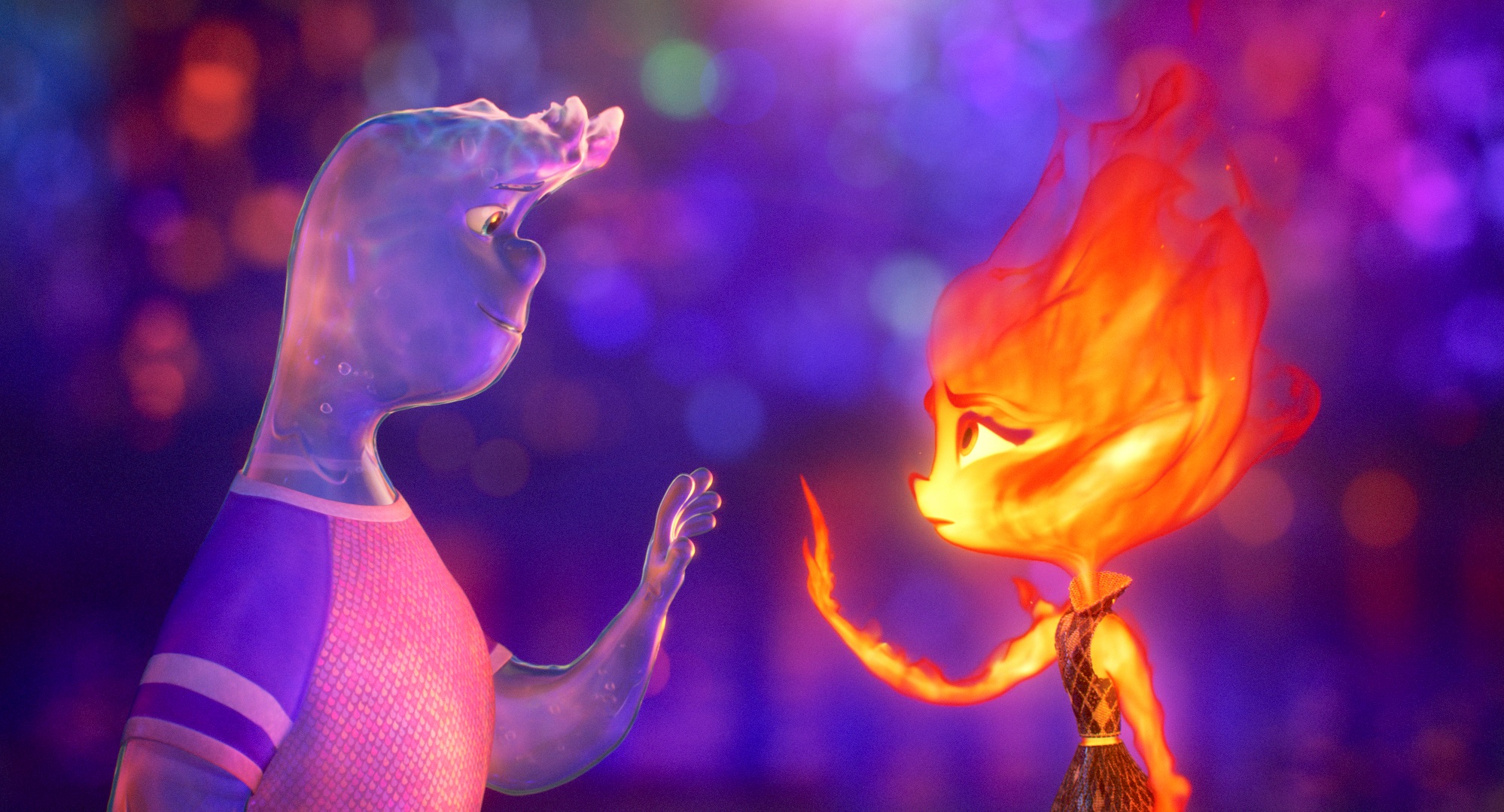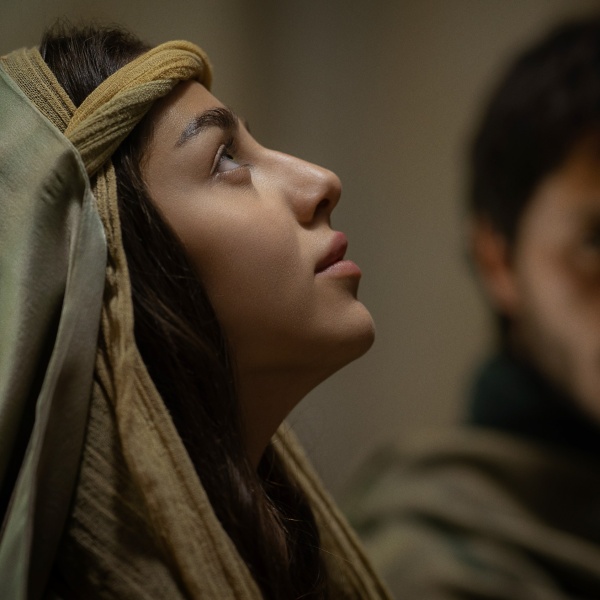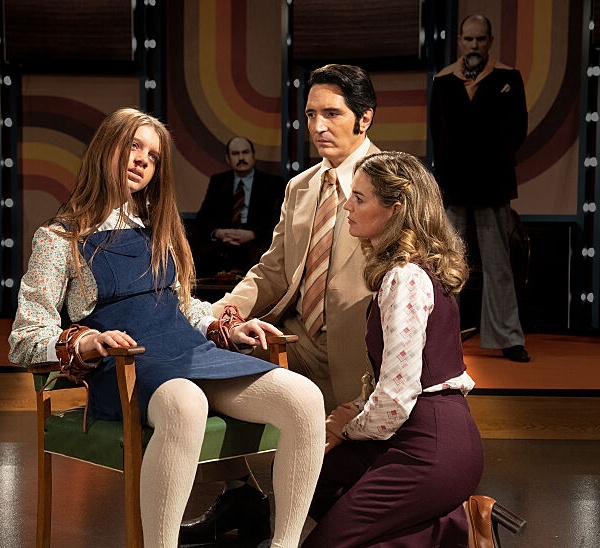[Editor’s note: The following interview contains spoilers.]
One of the most difficult tech challenges in Pixar’s “Elemental” was conveying what happens when fire and water — the intense Ember (Leah Lewis) and sensitive Wade (Mamoudou Athie) — finally touch after falling in love. After all, fire and water don’t mix and Ember resists the temptation throughout the studio’s first rom-com because of the danger. But she can’t resist any longer after spending a sublime moment together in an underwater garden. The result is a new chemical reaction that grows stronger and induces them to dance and eventually kiss.
“There was so much tension of what this contact was, the fear that they could be killing each other,” director Peter Sohn told IndieWire. “What is this chemistry? Is it magnetic, electrical? This boiling, this roiling?”
“Pete told me he was in Hawaii on vacation, and his kids were at the pool, and he boarded it,” VFX supervisor Sanjay Bakshi told IndieWire. “And he had this idea in his mind of what would happen when they touch and visually how to go into that macroscopic view, where you see fire flame up, you see water really become active and then steam, and the sound effect is like buzzing. And he wanted it to be relatable, like the first time you touched someone that you’re really interested in and you get those goosebumps.”

The touch was uncharted territory for the couple and Pixar alike. It represented the culmination of the animation studio’s first stab at fully simulated, volumetric characters. Pixar studied chemical reactions for fire and water along with macro-photography (even referencing Darren Aronofsky’s “Requiem for a Dream”). “Visually, there’s a macroscopic view of injecting a needle, taking drugs, and what that chemical reaction is like,” Bakshi said. “We wanted to observe going from that wider angle to a macroscopic view and then going back out wide again.”
After all that reference, though, the artists took artistic license in creating the romantic chemistry. The flames react and float along Ember’s arm to her hand, while the water bubbles rush from Wade’s arm to his hand.
“You feel like they’re doing something internal to protect themselves or prepare for it,” Bakshi said. “So there’s a lot of specific effects work that’s showing how they’re preparing for that touch. And then once they are able to touch, they interlock fingers. Eventually, they go into almost an embrace and, as Ember leans into Wade, you see steam coming off in the bubbles, going to the shoulder area of Wade. That was all just custom one-off work.”
But the entire conceit of these two elemental characters was an innovation that required a combination of realism and stylization (emphasizing energy over anatomy) with the help of new tools for rigging and performance. Ember’s flames operated like a gas range and were self-illuminating. Wade was more complicated because of reflection and refraction and required special attention to control the water and not obscure his face.

Yet they couldn’t have pulled off Ember without the help of an AI program called volumetric Neural Style Transfer (NST), which allowed them to sculpt the fire simulation into something more stylized. “So it will take this raw fire simulation and organize the flames into these more illustrative shapes using target styles,” added Bakshi. “That is a technique we used on every fire character and on every shot of Ember. There were no other options to be this illustrative and beautiful.”
However, the sequence in the underwater garden perfectly sets up the romantic mood for the touch. Wade sneaks Ember into the forbidden paradise with a protective water bubble so she can see her favorite flower, the Vivisteria, up close for the first time. The opulent yellow and violet flower was designed by director Sohn (named in honor of his daughter Vivian) to resemble an unfolding origami and was animated as a cloth simulation.
“As the flowers are exposed to Ember’s light, they are able to unravel and bloom,” Bakshi said. “They look a little bit iridescent and have the hint of a beautiful particle trail. Then, as the vines go over the water bubble, it looks like they’re going through a car wash with a windshield wiper effect. That was really challenging because they’re hitting the bubble and folding as they sweep along, and the bubble reacts to them.
“That was something, like a lot of the movie, that we just had words to describe what we wanted to happen,” he added. “No real visuals, but all in people’s imaginations.”





